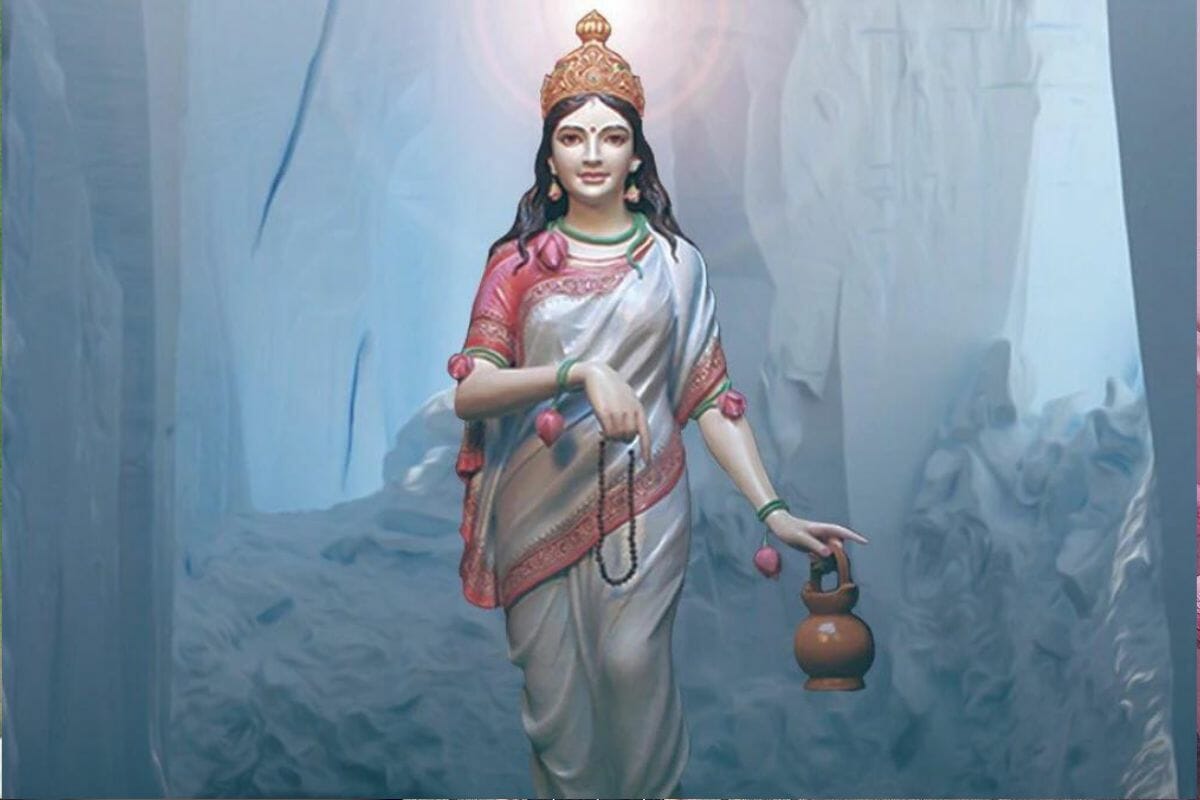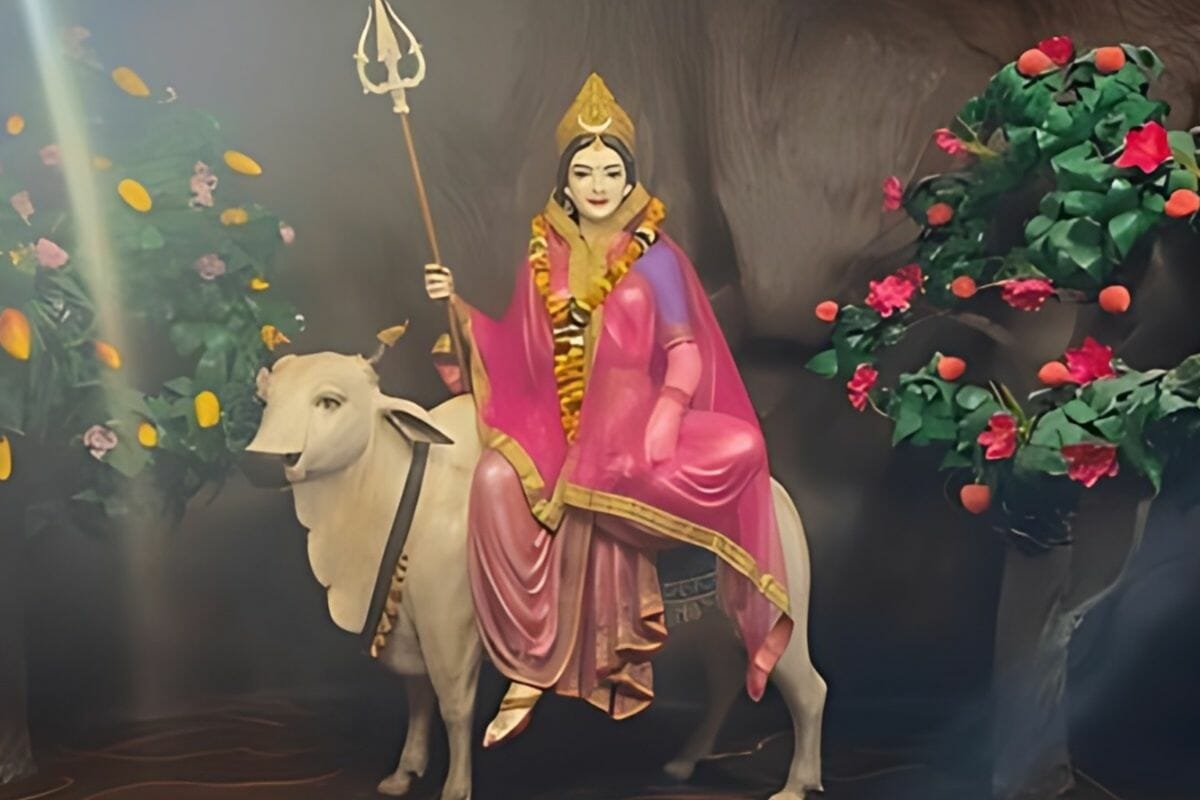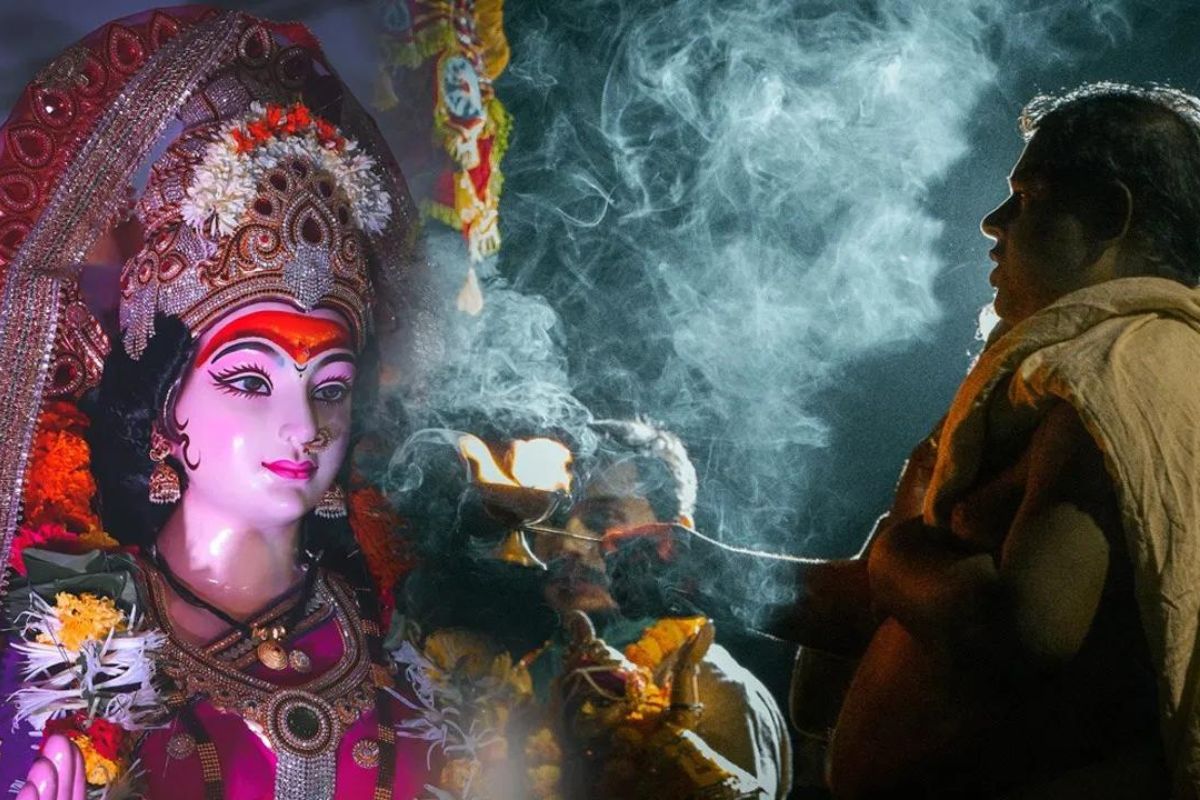Navratri 2022: Hindus across the nation celebrate Navratri, a nine-day celebration, with notable devotion. It is intended for worshipping Maa Durga and her nine manifestations, known as Navdurga. Navratri means “nine nights” in Sanskrit. Hindus observe a total of four Navratris throughout the year. Only two of them, Chaitra Navaratri and Shardiya Navaratri, see widespread celebrations, as they coincide with the beginnings of the seasons.
From Ashwin Shukla Paksha’s Navami until the Pratipada, Shardiya Navratri is observed. While the holiday is celebrated with great fanfare across the nation, distinct traditions are more commonly practised in different states. Navratri 2022 will begin from September 26 and end on October 5.
What is the history of Navratri?
Navratri honours the destruction of the demonic Mahishasura and the triumph of good over evil. Because of Mahishasura’s unwavering devotion to him, Lord Brahma bestows the gift of immortality upon him at the beginning of the narrative. The blessing did, however, come with one stipulation: only a woman would be able to defeat him. The demon began terrorising people on Earth because he didn’t think any woman would be strong enough to overcome him.
Since Mahishasura was to be destroyed, Lord Brahma, Lord Vishnu, and Lord Shiva combined their energies to create the goddess Durga. They gave her a number of weapons. A huge conflict then took place out between Maa Durga & Mahishasura for ten days. In between, he took many forms for creating confusion. Finally, he was defeated by Maa Durga when he was in the form of Buffalo.
Significance & Celebrations of Navratri:
During the nine-day Navratri festival, devotees worship Maa Durga’s nine incarnations in order to obtain her blessings. There is a goddess manifestation linked with each day of Navratri. During these nine days, people maintain ritualistic fasts, recite shlokas dedicated to each goddess, wear new clothing, offer bhog, and clean their homes. In their prayers, they ask the goddess for her favour in order to have prosperous, joyous, and fulfilled lives.
Ramlila is organised extensively during Navratri in North India, particularly in Uttar Pradesh, Uttarakhand, Haryana, Gujarat, and Madhya Pradesh. During the Ramlila, the tale of Lord Ram’s triumph over Ravana is acted out. The effigies of King Ravana are burned on Dussehra to mark the conclusion of the festival and to commemorate the victory of good over evil.
Procession and dancing
Apart from this, a great procession is held on the tenth day of Navratri, also known as Vijayadashami, where clay statues of Maa Durga are ceremoniously immersed in a river, sea or ocean. This ritual is popularly followed in West Bengal, Odisha, Assam, and Bihar. The day of Durga Visarjan is considered to be the most important day of the Maa Durga’s worship.
The nine-day celebrations also involve lots of dancing, including Garba and Dandiya Raas. While Garba is a traditional dance where you clap your hands and do rhythmic movements in a circle, Dandiya Raas involves dancing with dandiya sticks to the rhythm of the music.
Keep watching our YouTube Channel ‘DNP INDIA’. Also, please subscribe and follow us on FACEBOOK, INSTAGRAM, and TWITTER.












